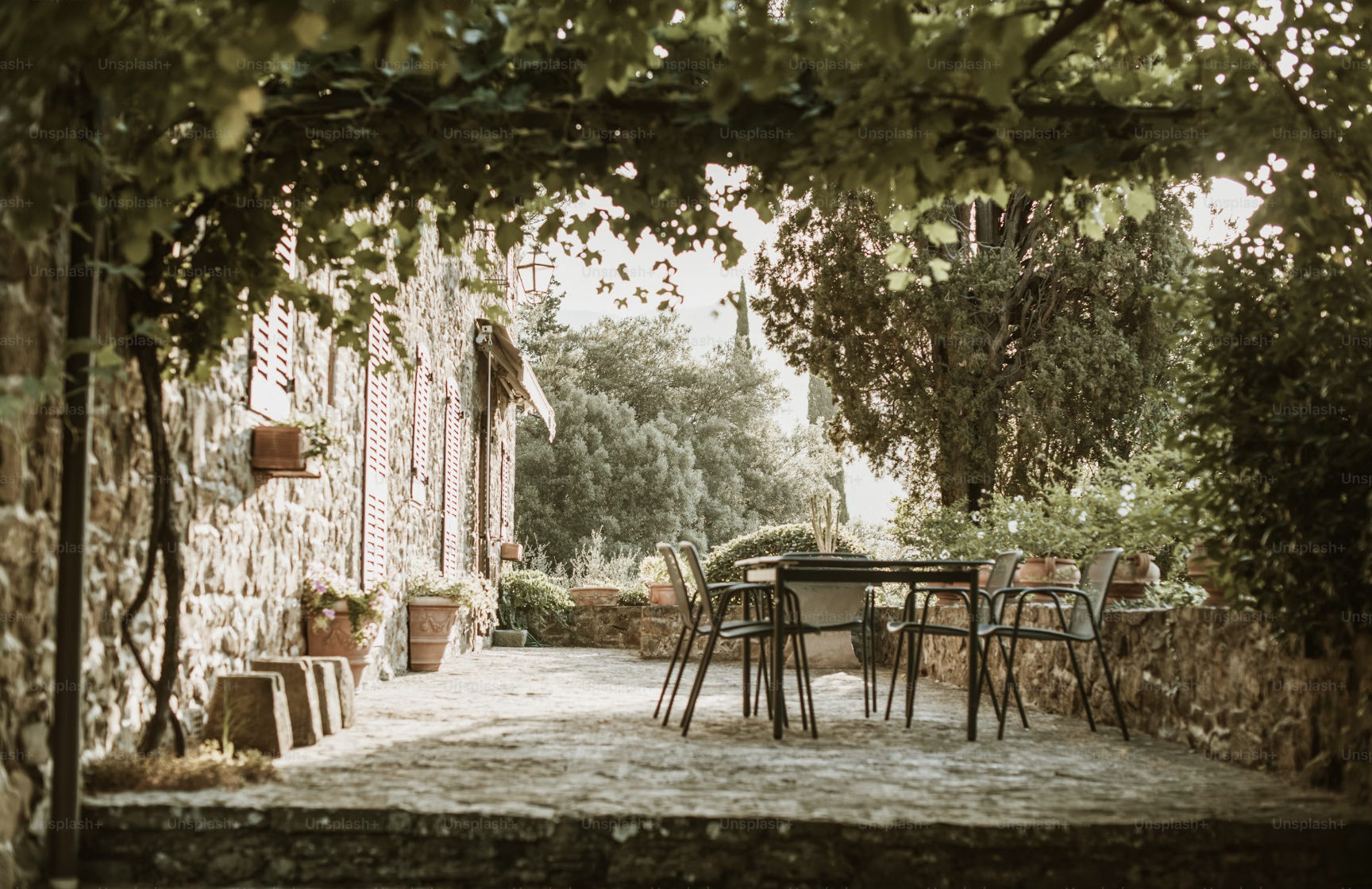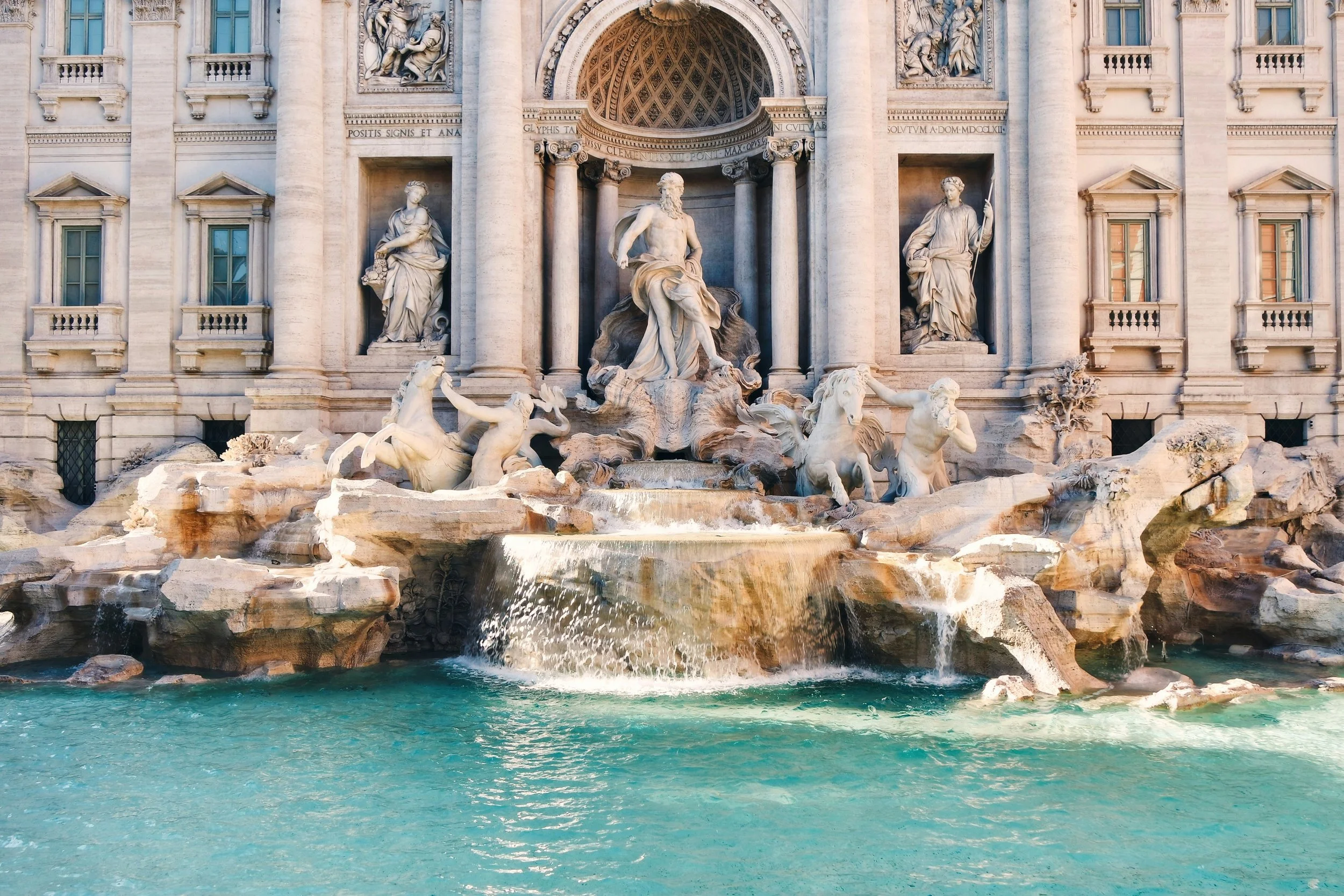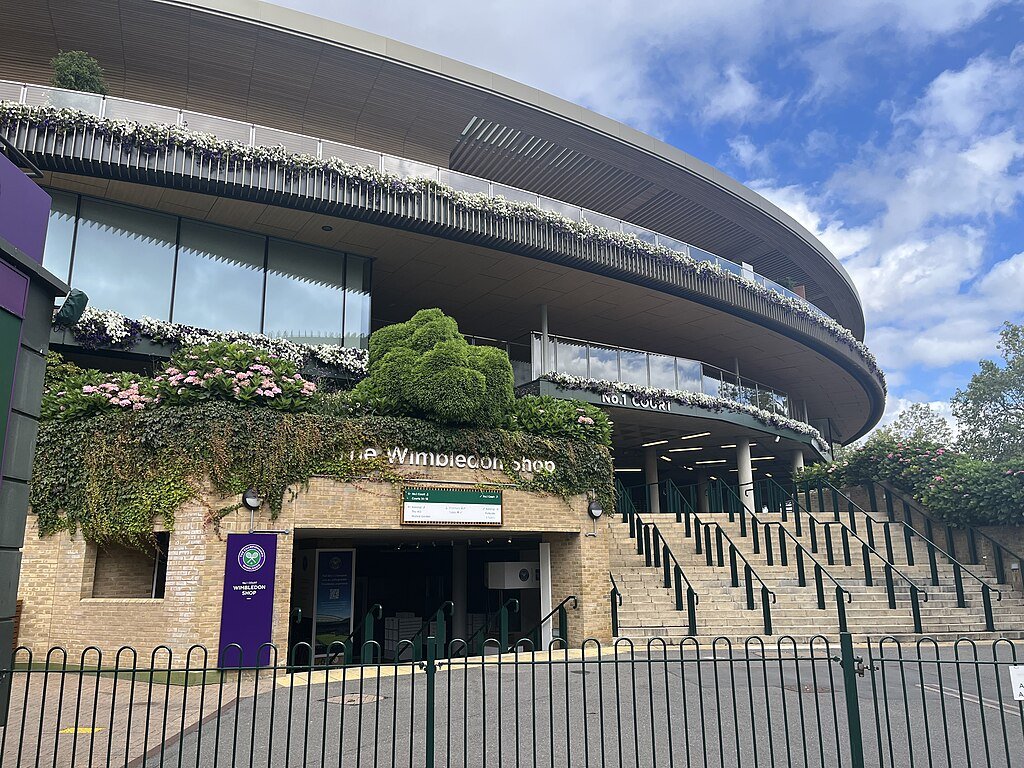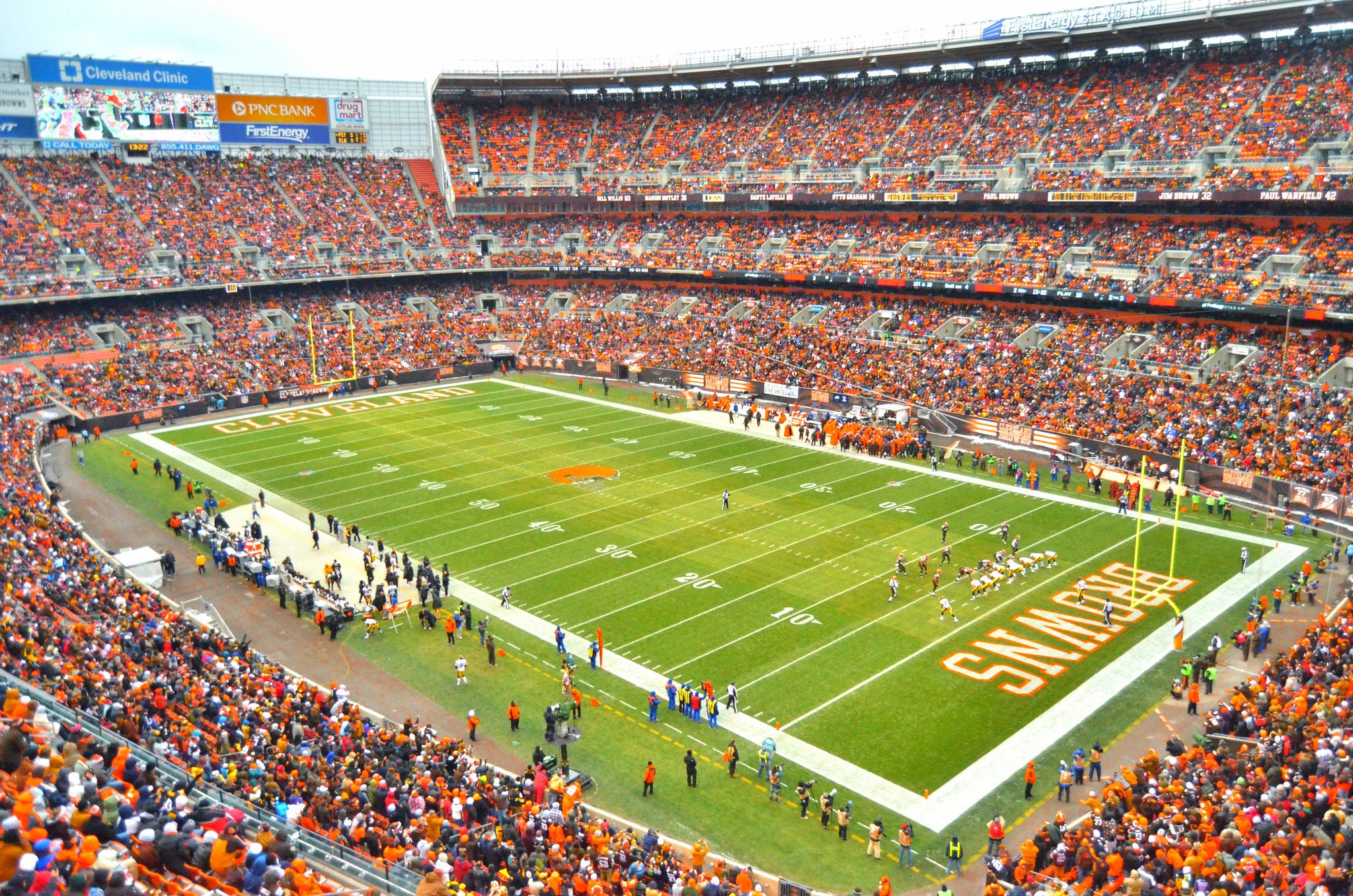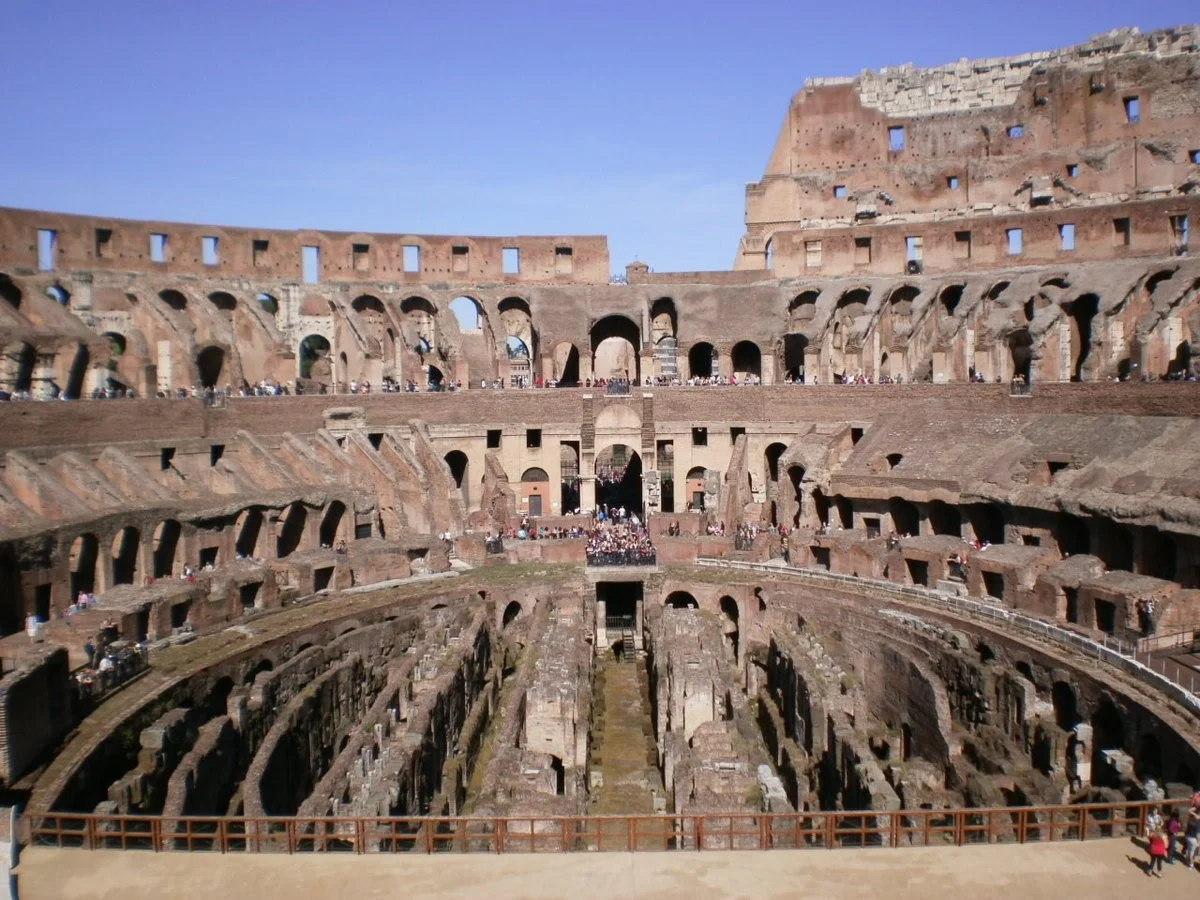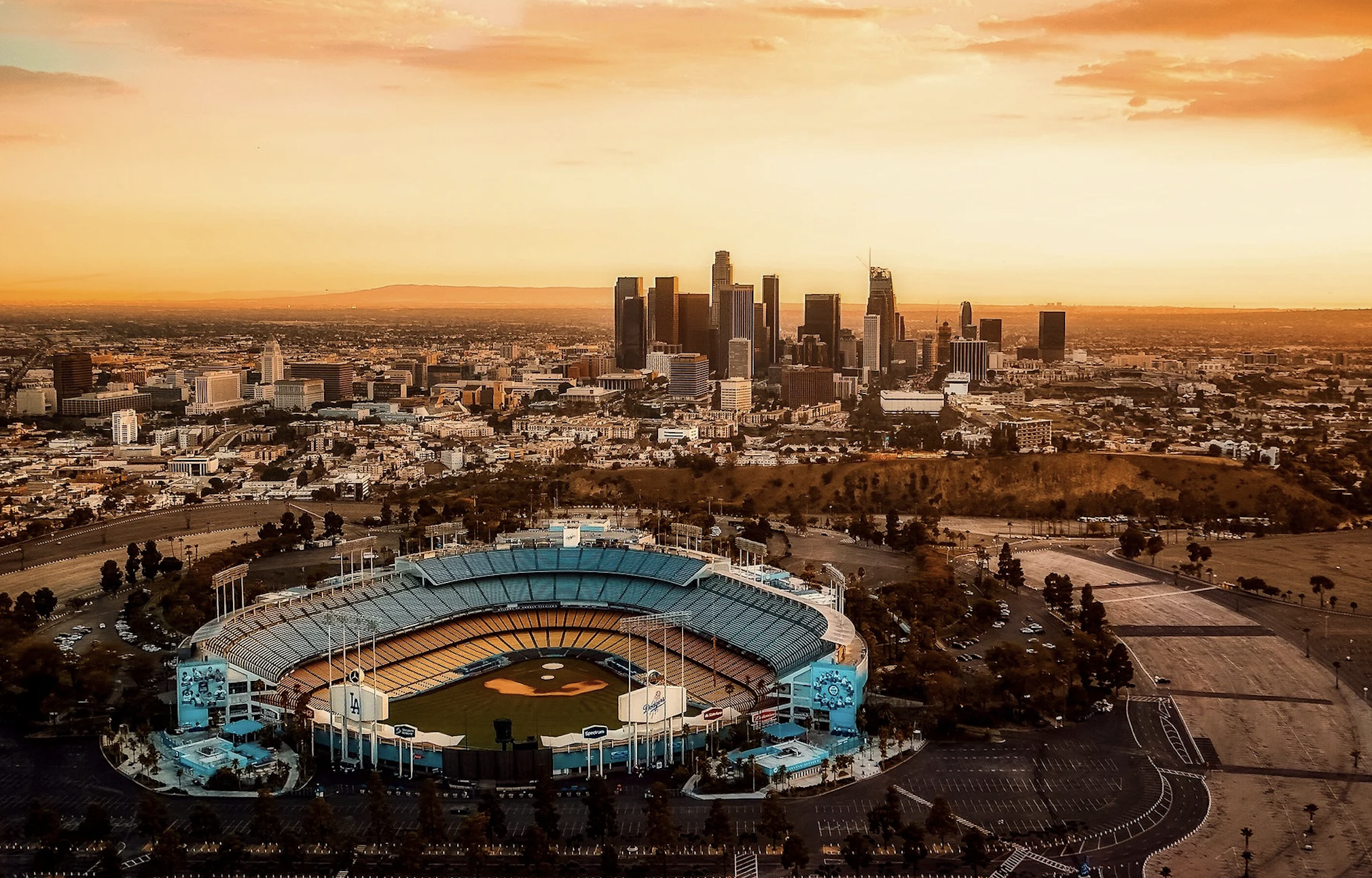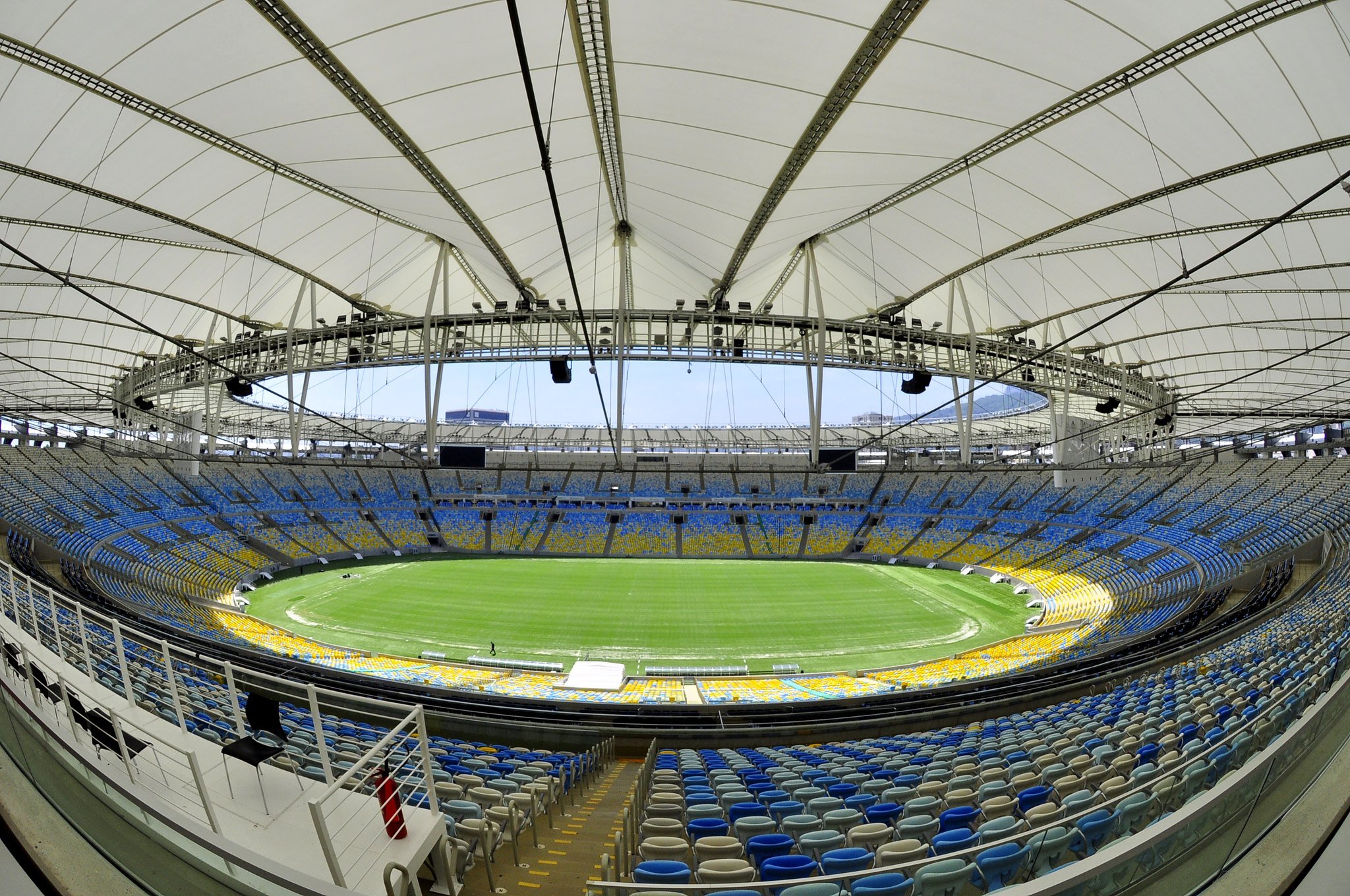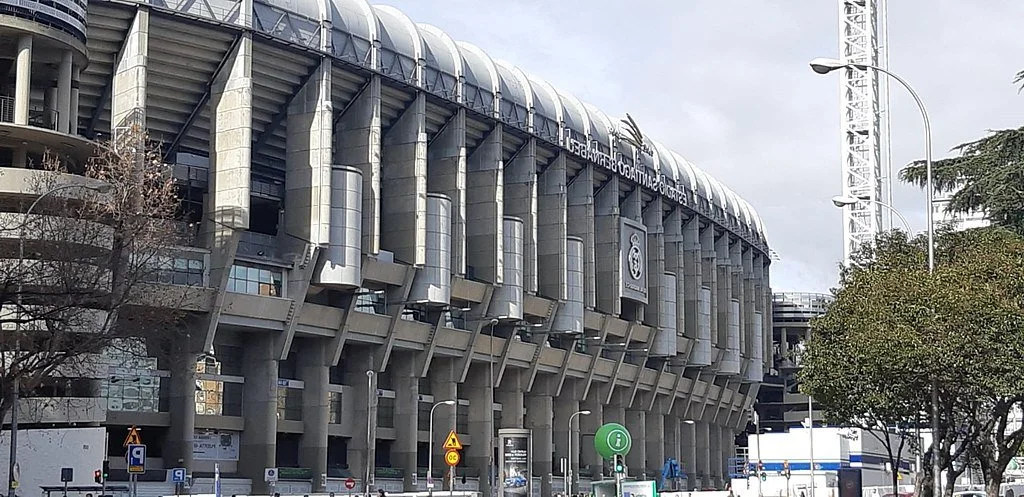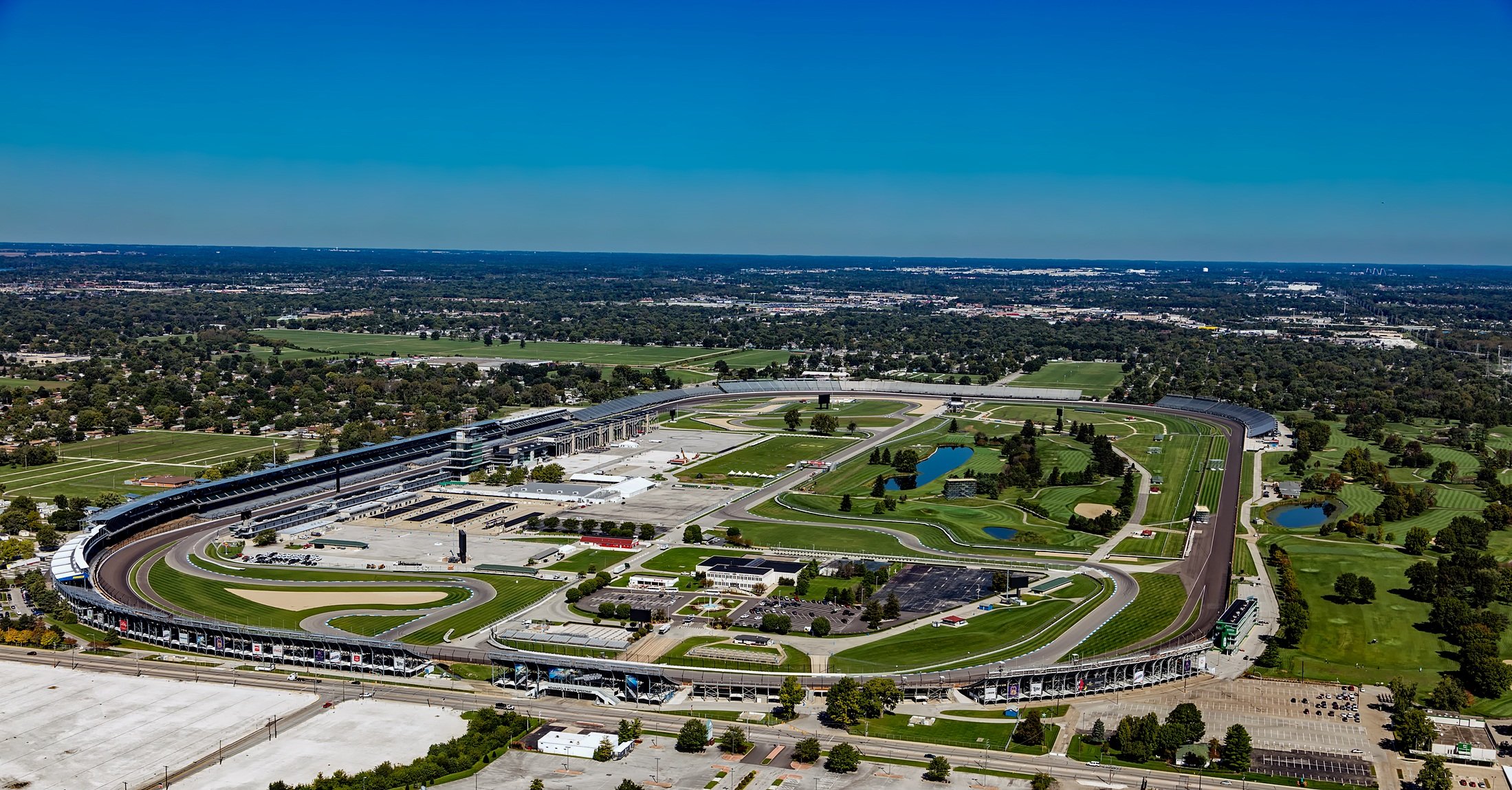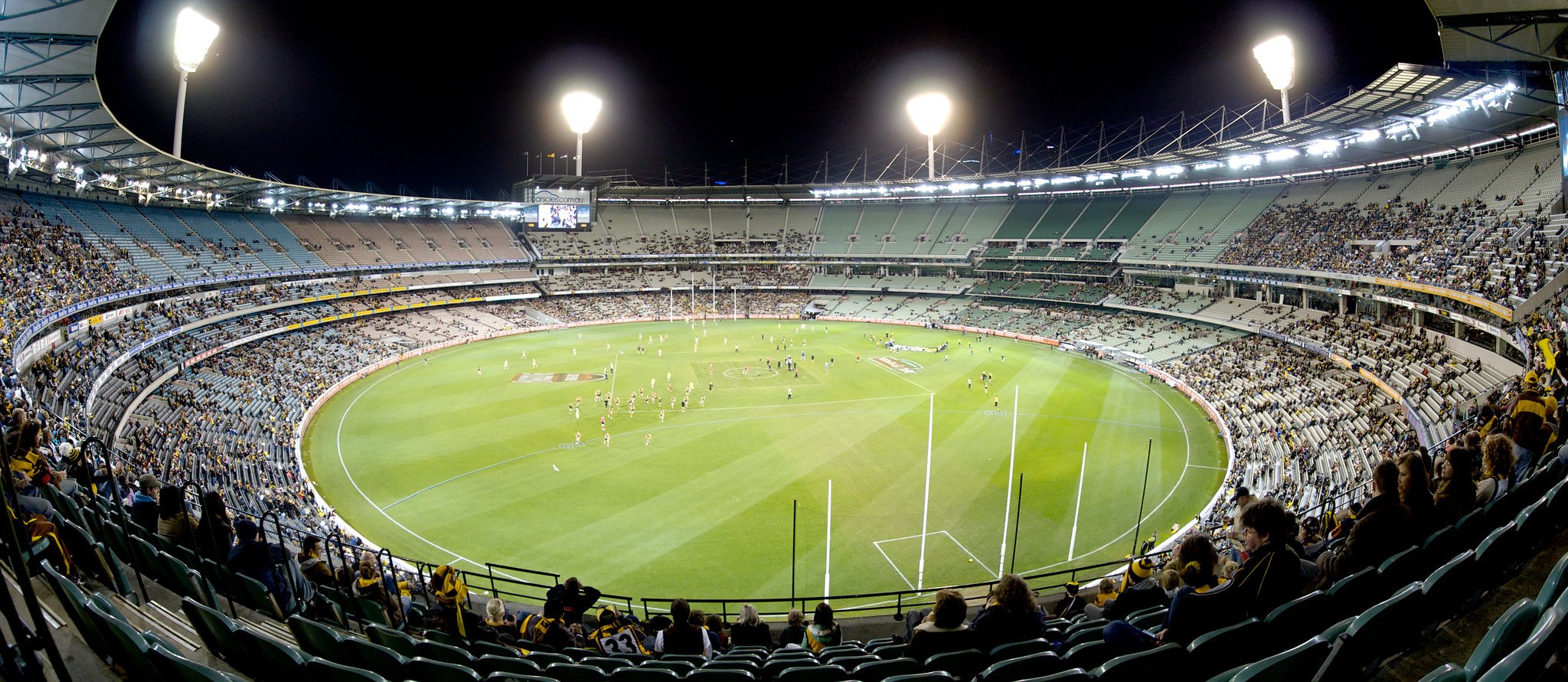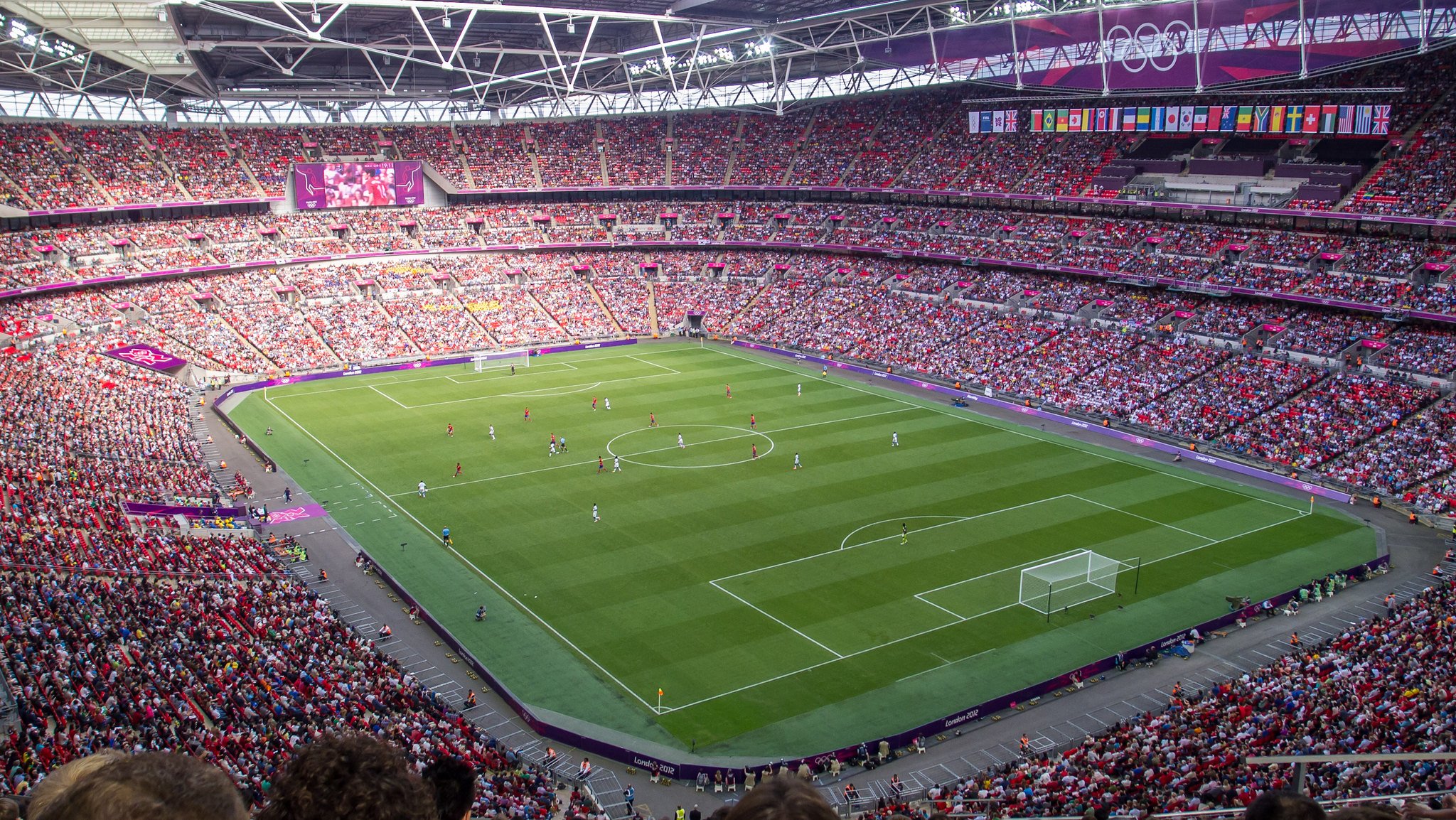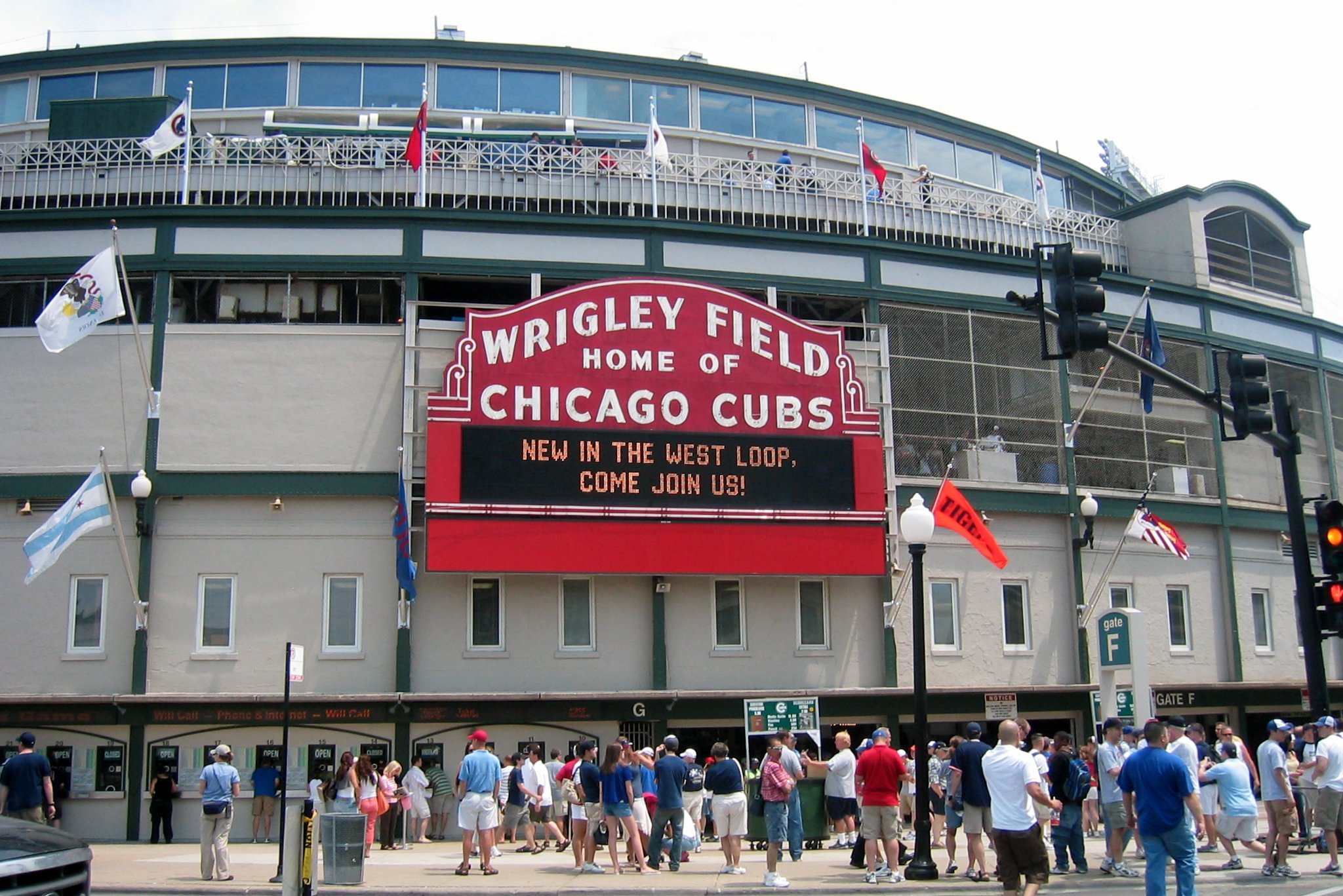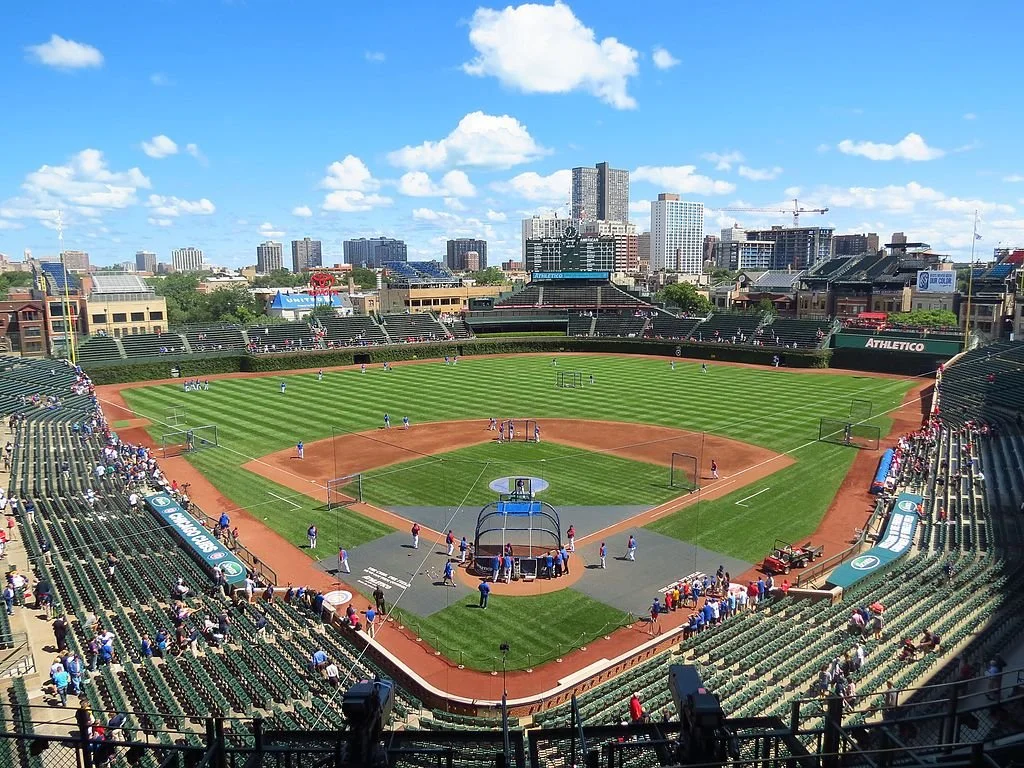From Barcelona’s vibrant streets to Rome’s ancient echoes, experience the warmth, flavor and rhythm that make the Mediterranean so unforgettable.
The Mediterranean isn’t just a sea; it’s a state of mind. My recent journey through Spain and Italy felt like diving into a living, breathing artwork — each vista bathed in the golden glow of the Mediterranean sun, each scent wafting from open kitchen windows a reminder of their shared yet singular flavors.
“These two nations, linked by that glimmering Mediterranean, show their charm in ways that go beyond landmarks or scenic views.
It’s in the warmth of people who live with passion in every part of their day. It’s the unspoken language of hospitality and genuine connection that leaves a mark long after you’ve moved on.”
Barcelona
My exploration began in Barcelona, where the Catalan spirit fills the streets with a palpable energy. Wandering the Gothic Quarter’s labyrinthine alleys as part of my Spain tours, I encountered more than ancient stone and soaring arches — this was a place alive with whispered histories and Gaudí’s fantastical fingerprints. The Sagrada Familia loomed like an unfinished masterpiece against the sky, a testament to the vision and determination that defines this city. But it was sipping sangria at a quiet café that I felt the real essence of Barcelona — a blend of warmth, tradition and a fierce love of life.
Granada
Leaving Barcelona’s cosmopolitan allure behind, I ventured south into the rustic embrace of Andalusia, where the landscape seems to ripple in the sun. In Granada’s Alhambra, the spirit of al-Andalus echoes through the quiet arches and intricate tiles of the Nasrid Palaces, each curve and hue a reminder of the cultural symbiosis that flourished here. The Mediterranean’s influence shaped architecture, art and daily life, with its ever-present warmth and rhythm.
Rome
Crossing the sea to Italy, I found myself swept into a whole new cadence in Rome on one of the top-rated tours of Italy. There’s an undeniable gravitas here, where history presses upon the present. Amid the ruins of the Colosseum and the Roman Forum, I could almost hear the shouts of ancient citizens and feel the pounding of history beneath my feet. But Rome isn’t all grandiosity; it’s also the aroma of pizza baking in Campo de’ Fiori, the laughter echoing through Trastevere’s cobbled streets, and the dizzying sweetness of gelato on a hot day.
Florence
And then, Florence — the heart of Renaissance Italy, where every corner seems touched by genius. At the Uffizi Gallery, each masterpiece tells the story of a nation that birthed Michelangelo and Botticelli, of a people with a timeless love for beauty in all forms. Climbing the Duomo, I gazed over red-tiled rooftops stretching endlessly to the horizon — a view that seemed to capture the soul of Italy itself.
Spain + Italy = Mediterranean Magic
As my time in Spain and Italy came to an end, I knew I’d been irrevocably changed by the magic that spilled from every cobblestone street, every vineyard row, every heart-stopping vista. From the electric hum of Barcelona’s streets to the rolling, sun-soaked hills of Tuscany, each place felt like an old friend with a new story to share.
These two nations, linked by that glimmering Mediterranean, show their charm in ways that go beyond landmarks or scenic views. It’s in the warmth of people who live with passion in every part of their day. Think of flamenco dancers in Seville, pouring their souls into every step, or the Venetian gondoliers, who navigate their waters like a dance. It’s the unspoken language of hospitality and genuine connection that leaves a mark long after you’ve moved on.
Leaving the Mediterranean shores behind feels like stepping out of a dream. But I carry with me memories of sunlit piazzas, starlit nights, the laughter of strangers who became friends and the quiet moments in the shadows of cathedrals. And even though my journey is technically over, Spain and Italy now live in my bones, a forever reminder of the adventures that await around every corner.
To explore Spain and Italy is to dive headfirst into a world of color, flavor and stories. Picture yourself sipping sangria in a Barcelona café or twirling pasta in a tucked-away Tuscan trattoria. Each moment here is a toast to life itself. The crumbling ruins, lively piazzas and cobblestone alleyways all testify to the enduring spirit of these lands — and the people who make them unforgettable. In travel, we’re reminded that while each place is one-of-a-kind, there’s a universal rhythm that binds us all.
Spain and Italy lure us with their sun-drenched coastlines, timeless ruins, and fiery, joyful souls. And while you might come for the food or the art, you’ll leave with a spirit that’s been altered, a heart forever stamped by their beauty. –Kirill Balaganin

